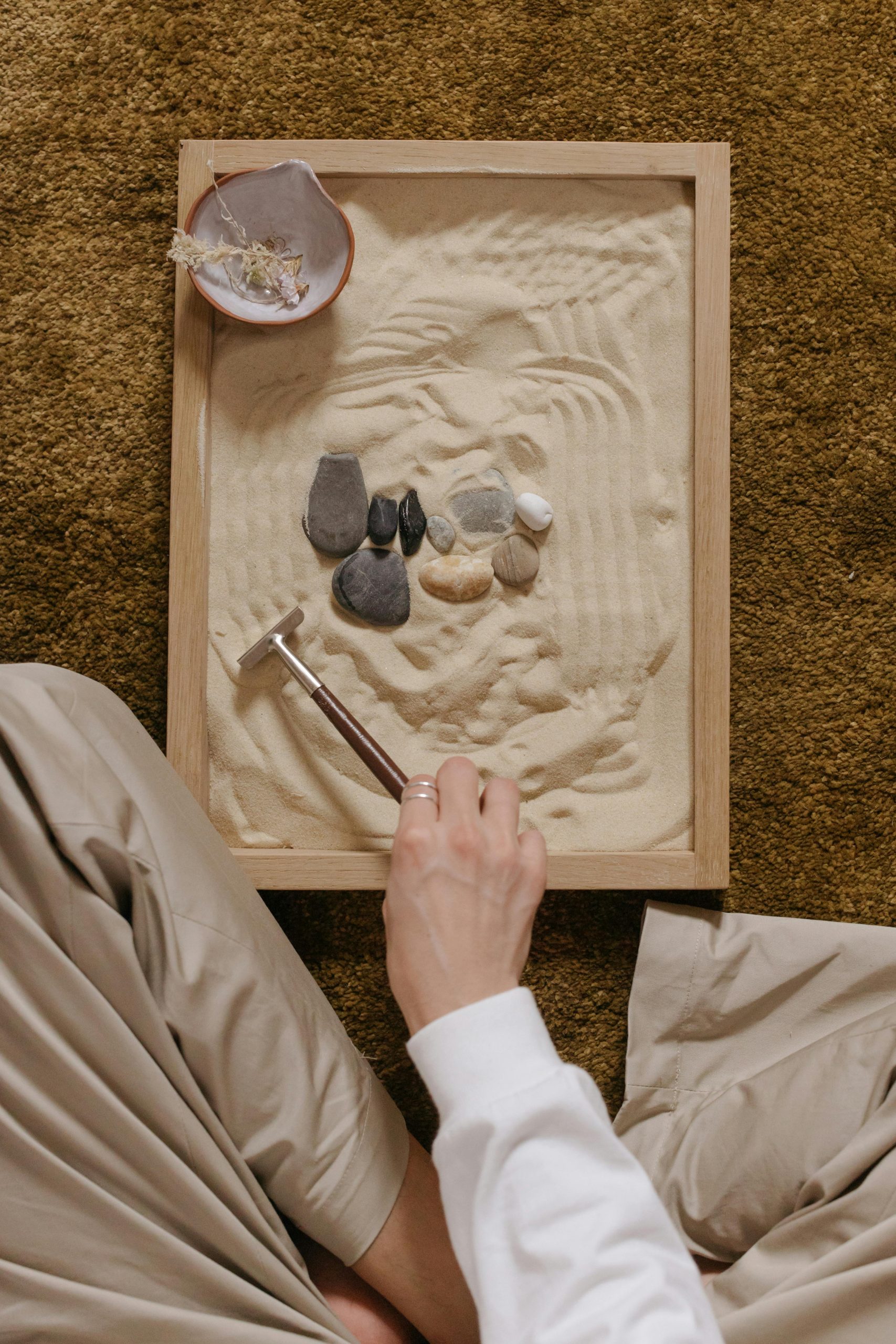In today’s fast-paced world, stress has become an unavoidable part of daily life. Whether it’s work pressures, personal responsibilities, or unexpected challenges, stress can take a toll on both mental and physical well-being. Fortunately, self-guided stress relief tools offer a natural and effective way to restore balance without relying on external help. By incorporating these techniques into your routine, you can cultivate resilience, improve focus, and enhance overall happiness. Here are the top self-guided stress relief tools to help you achieve daily balance naturally.
Mindfulness and Meditation Practices
Mindfulness and meditation are powerful tools for reducing stress and promoting emotional balance. These practices encourage you to stay present, observe your thoughts without judgment, and cultivate inner peace.
Breath Awareness Meditation
One of the simplest yet most effective techniques is breath awareness meditation. By focusing on your breath, you can anchor yourself in the present moment and calm a racing mind. Try this:
- Sit comfortably in a quiet space.
- Close your eyes and take slow, deep breaths.
- Focus on the sensation of air entering and leaving your nostrils.
- If your mind wanders, gently bring your attention back to your breath.
Body Scan Meditation
Another helpful practice is the body scan, which involves mentally scanning your body for tension and consciously releasing it. This technique is particularly useful for relieving physical stress.
Journaling for Emotional Release
Writing down your thoughts and feelings can be a therapeutic way to process stress and gain clarity. Journaling allows you to express emotions freely, identify patterns, and find solutions to challenges.
Gratitude Journaling
Focusing on gratitude shifts your mindset from stress to positivity. Each day, write down three things you’re grateful for—no matter how small. Over time, this practice can rewire your brain to focus on the good.
Stream-of-Consciousness Writing
For immediate stress relief, try stream-of-consciousness writing. Set a timer for 5-10 minutes and write whatever comes to mind without filtering or editing. This helps release pent-up emotions and clears mental clutter.
Physical Movement and Relaxation Techniques
Physical activity is a natural stress reliever, releasing endorphins that boost mood and energy. Even gentle movements can make a significant difference in reducing tension.
Yoga and Stretching
Yoga combines movement with breathwork, making it an excellent tool for stress relief. Simple stretches or a short yoga session can help release muscle tension and improve circulation.
- Try child’s pose to relax your back and shoulders.
- Practice cat-cow stretches to ease spinal tension.
- Incorporate deep breathing while holding poses.
Progressive Muscle Relaxation
This technique involves tensing and then relaxing each muscle group in your body. Start from your toes and work your way up to your head, noticing the contrast between tension and relaxation.
Digital Tools and Apps for Stress Management
Technology can also support your stress relief journey. Numerous apps and digital tools offer guided meditations, breathing exercises, and relaxation techniques.
Meditation Apps
Apps like Headspace and Calm provide structured meditation programs for beginners and experienced practitioners alike. Many offer free sessions, making them accessible to everyone.
Breathing Exercise Apps
Apps such as Breathe or Paced Breathing guide you through breathing exercises that activate the parasympathetic nervous system, promoting relaxation.
Nature and Sensory Relaxation
Connecting with nature and engaging your senses can be a powerful way to reduce stress naturally.
Forest Bathing (Shinrin-Yoku)
Originating in Japan, forest bathing involves immersing yourself in nature and mindfully experiencing the sights, sounds, and smells of the forest. Even a short walk in a park can have calming effects.
Aromatherapy
Essential oils like lavender, chamomile, and bergamot are known for their stress-relieving properties. Use a diffuser, apply diluted oils to your wrists, or add a few drops to a warm bath for relaxation.
By integrating these self-guided stress relief tools into your daily routine, you can create a sustainable approach to managing stress and achieving balance. Whether through mindfulness, movement, journaling, or digital aids, these techniques empower you to take control of your well-being naturally. Start small, experiment with different methods, and discover what works best for you—because a calmer, more balanced life is within reach.
